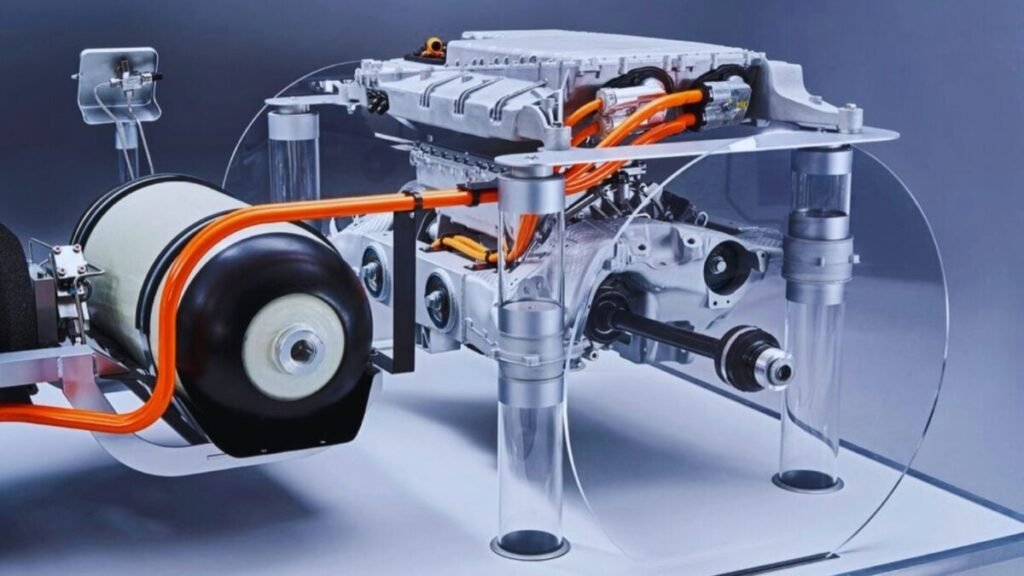Gasoline Dominated a Century of Engines, Now Industry Bets on Future Fuel

For more than a century, the future of mobility has been undergoing a redefinition. The transition to new energy alternatives is proving to be more complex than initially thought.
A history that began in the nineteenth century

In 1860, Etienne Lenoir created the first internal combustion engine using lighting gas. Years later, Otto perfected the invention with his four-stroke engine, which still powers millions of cars today. This dominance seemed unchallenged until the urgency of climate change paved the way for new energy alternatives.
The return of hydrogen to BMW’s strategy
In the early 2000s, BMW introduced the BMW 750h, a sedan equipped with a V12 engine powered by hydrogen, primarily for demonstration purposes. Now, the company is taking a more ambitious step with the iX5 Hydrogen, developed in collaboration with Toyota, featuring its own fuel cell technology aimed at mass production.
Technical data that makes a difference
The third generation of this fuel cell is 25% lighter and more compact, with a higher energy density. The system delivers 400 hp and offers a range of 480 kilometers with just 6 kilograms of liquid hydrogen. Its main advantage lies in the refueling time, taking only minutes compared to the longer wait times of traditional refueling methods.
BMW has announced that 2028 will mark its definitive shift towards hydrogen. Production facilities in Steyr, Landshut, and Dingolfing are already gearing up with specific production lines and test benches for mass production. However, the real challenge lies not in the vehicles themselves, but in the infrastructure, with progress being much slower than the industry desires.
Germany and Japan are both on paths that intersect in their pursuit of zero emissions combined with rapid refueling capabilities. The key question remains whether distribution networks can keep pace and make hydrogen a viable option beyond the experimental phase.





